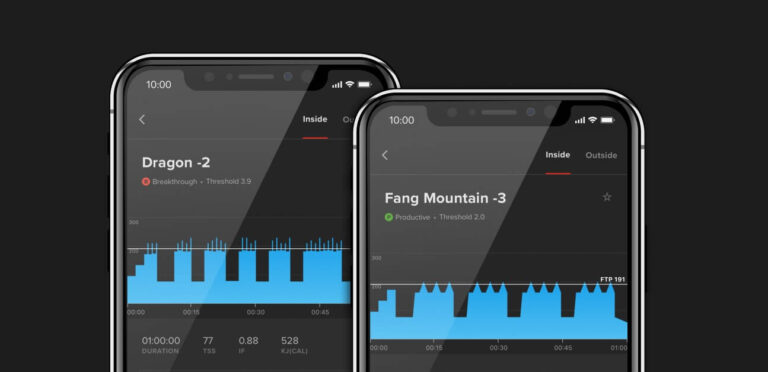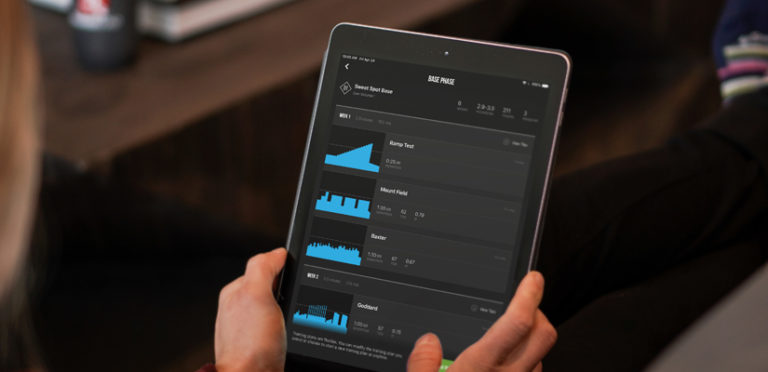For many cyclists, the winter season offers an opportunity to reset and begin a new season of training. Here are ten tips to make the most of your winter training.


For many cyclists, the winter season offers an opportunity to reset and begin a new season of training. Here are ten tips to make the most of your winter training.

The end of the year is a great time to reflect on what you’ve achieved over the past 12 months and set your sights on what comes next. Try spending a month this winter focused on small aspects of training you can fully control with our 5 favorite process goals.

Over-under intervals improve your ability to shuttle and buffer lactate near the boundaries of your threshold power. Improving these capabilities will increase your anaerobic capabilities allowing you to output higher power values with greater efficiency and less mental fatigue.

To discover the type of training that’s right for you this winter, follow along as I tackle some of the most commonly asked winter cycling training questions. It’s all covered here—everything you need to know to have your best winter indoor training season yet!

Learn how Sweet Spot Training can enhance your cycling performance by improving FTP and endurance. Discover effective workouts and training plans tailored for time-crunched cyclists.

Every workout in a training plan is there for a reason. Sometimes, the purpose is obvious— long threshold workouts prepare you for a time trial, while criterium racers benefit from high-intensity repeats. But some plans also include relatively easy, hour-long endurance spins between harder days. What’s the point of these workouts, and is it ok to skip them?

Whatever your goals are and however you ride, you can become a faster cyclist, with the right training. From setting goals to choosing a training plan, our beginner’s guide to cycling training covers everything you need to get started.

What if you could re-engineer your body to function at its peak and burn fat more efficiently by simply changing what you consume before a workout? That might sound like an opening line straight out of an infomercial selling a miracle weight loss pill, yet that’s the promise of fasted cycling training. But will it work for you? We’ll cover the benefits, disadvantages, and more in this guide to fasted training.

There are many ways to quantify performance in cycling, but two of the most commonly-cited data points are VO2 max and FTP. These metrics are related but distinct, and the connection between them is easy to misunderstand. So what’s the link between VO2 max and FTP, and what role do they play in determining your fitness?

As an athlete, you put in countless hours of hard work. But are you sure you’re getting the most out of it? Different individuals respond to training at different rates, and unforeseen life events can cause training interruptions. In the past, it’s been up to you to adjust your training. Now with Adaptive Training, you’re an individual, and your training plan is too.